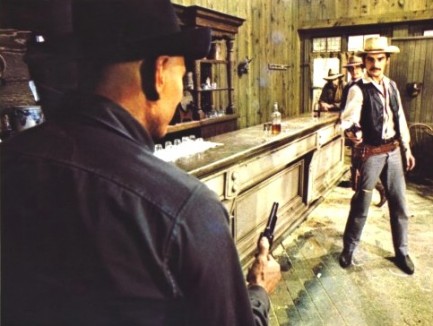| Hollywoodland | Sep 15 2017 |

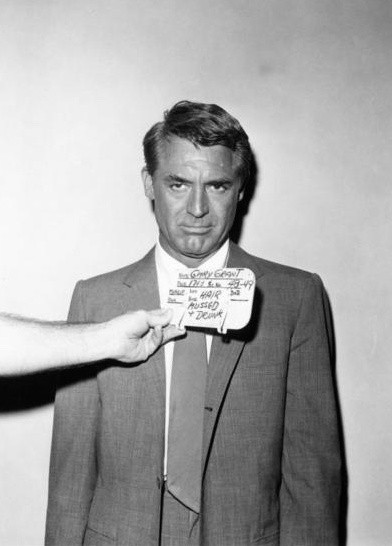 We've been gathering rare wardrobe and hairdresser test shots from the golden era of Hollywood, and today seems like a good day to share some of what we've found. It was standard procedure for all the main performers in a movie to pose for such photos, but the negatives that survive tend to belong to the most popular stars, such as Cary Grant, who you see at right. You'll see Marilyn Monroe more than amply represented below. What can we do? She's possibly the most photographed Hollywood figure ever, and she was beautiful in every exposure. But we've also found shots of a few lesser known stars, such as Giorgia Moll and France Nuyen.
We've been gathering rare wardrobe and hairdresser test shots from the golden era of Hollywood, and today seems like a good day to share some of what we've found. It was standard procedure for all the main performers in a movie to pose for such photos, but the negatives that survive tend to belong to the most popular stars, such as Cary Grant, who you see at right. You'll see Marilyn Monroe more than amply represented below. What can we do? She's possibly the most photographed Hollywood figure ever, and she was beautiful in every exposure. But we've also found shots of a few lesser known stars, such as Giorgia Moll and France Nuyen.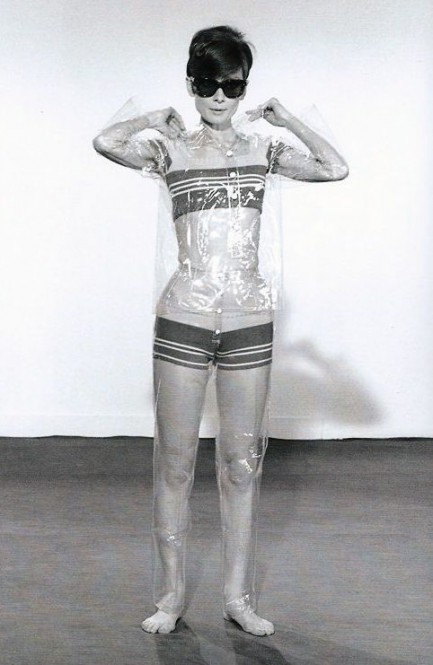
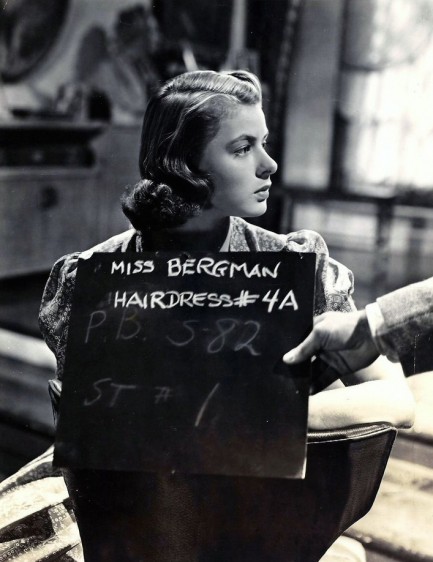
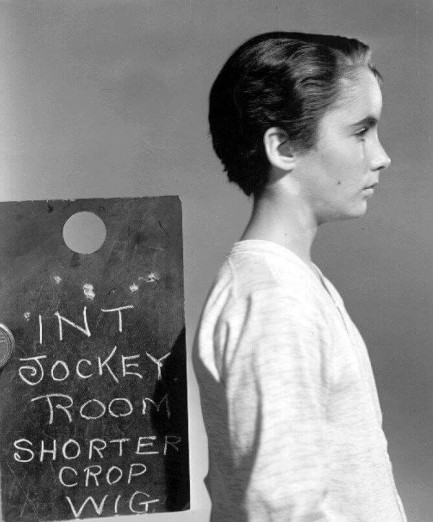
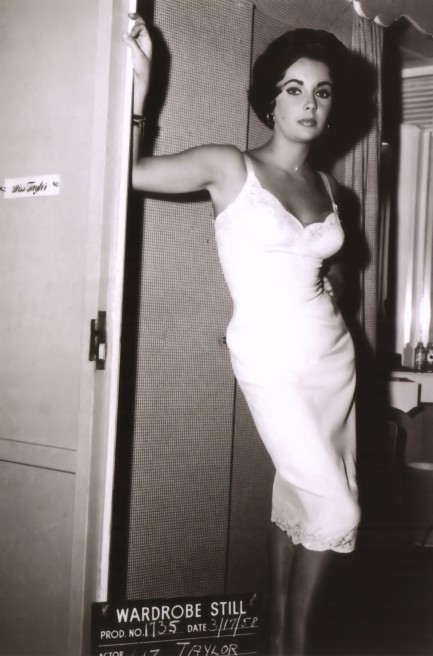
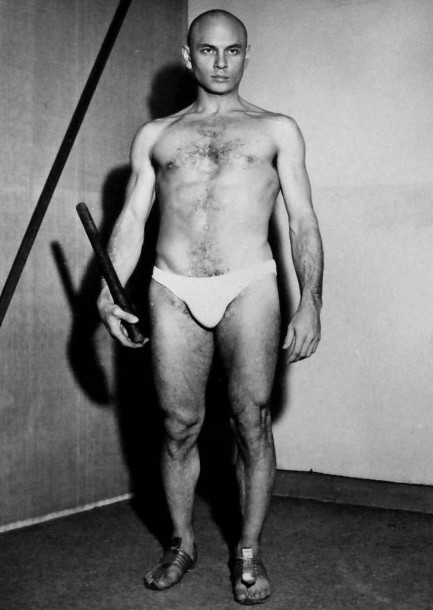
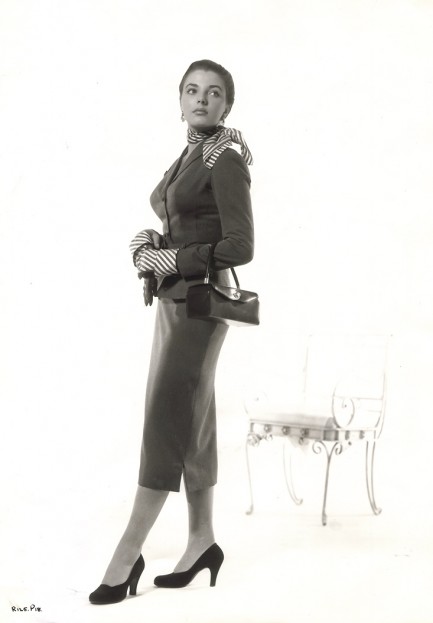
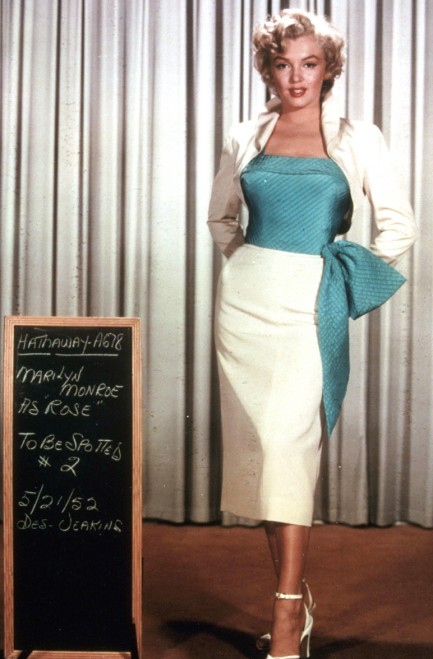
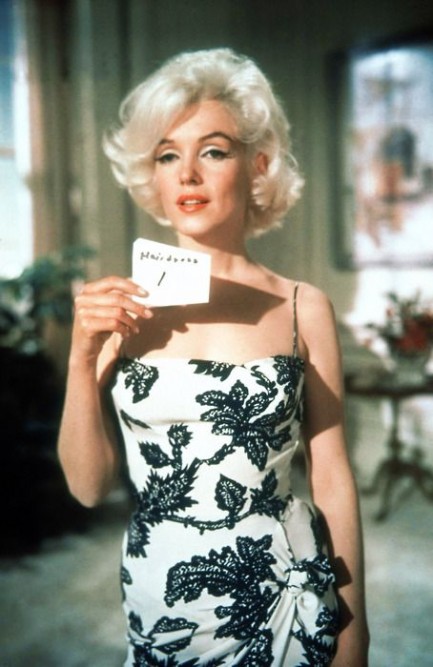
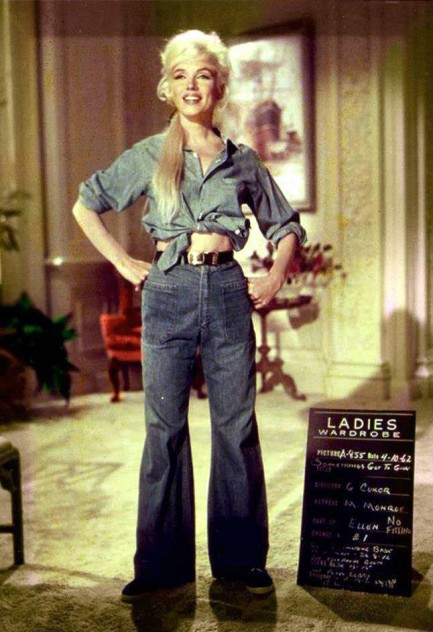
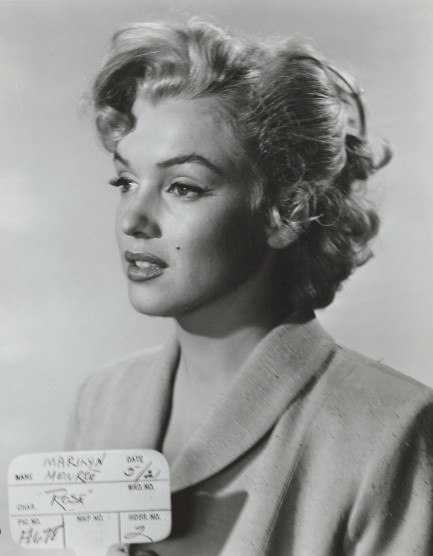
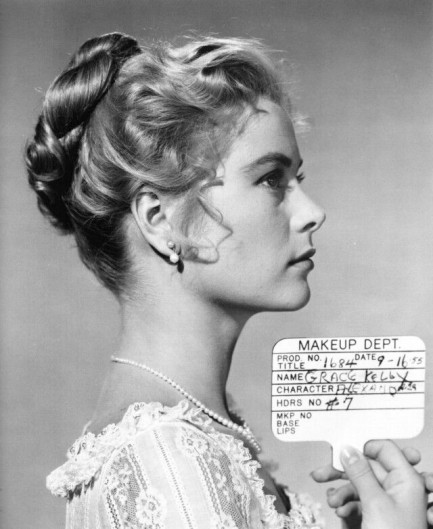
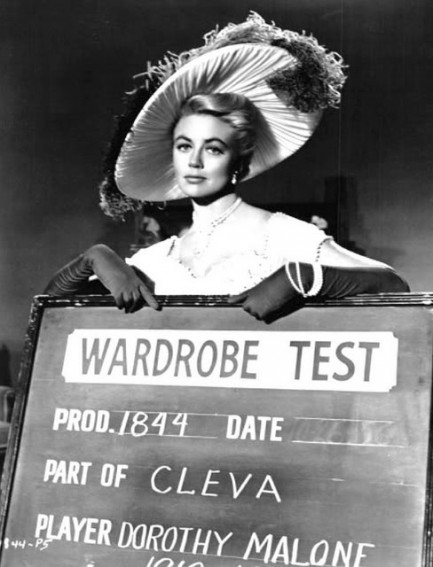
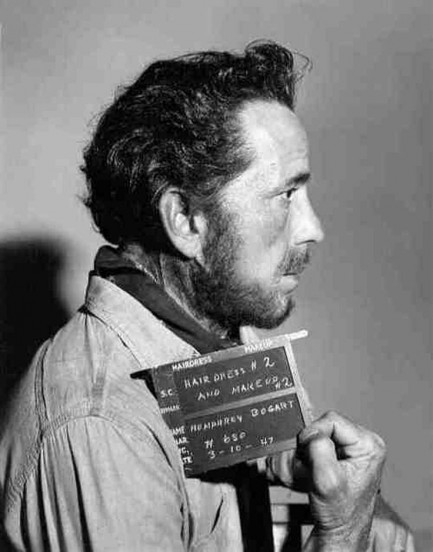
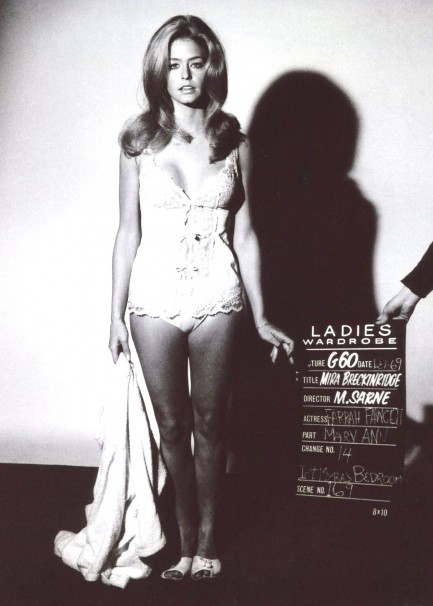
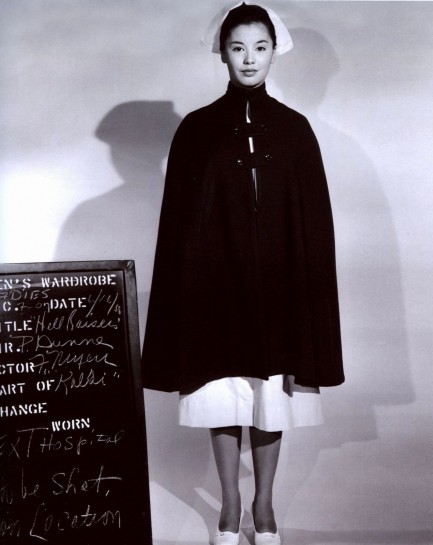
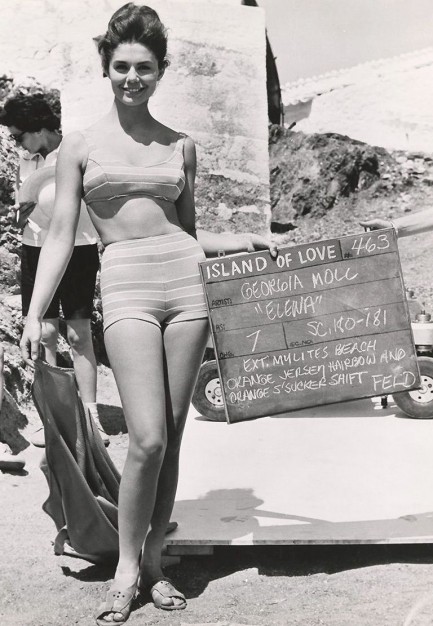
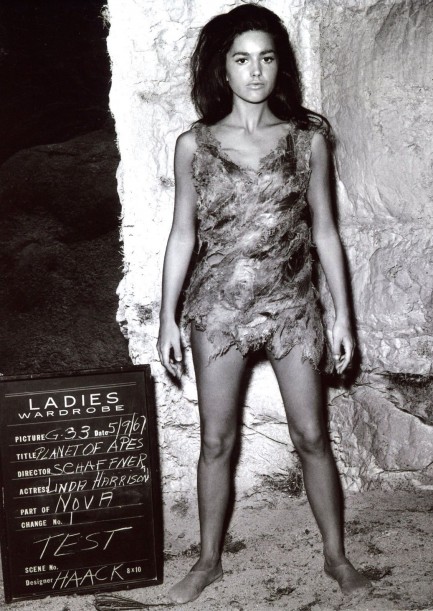
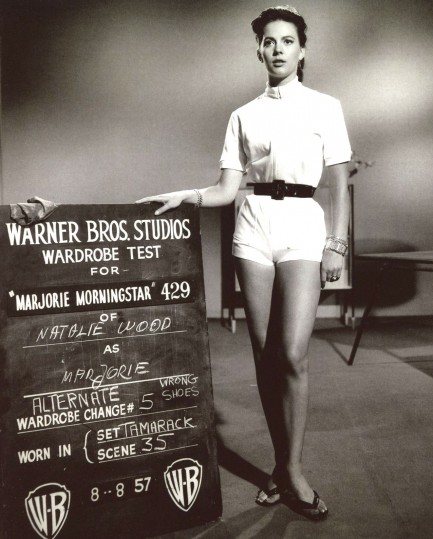
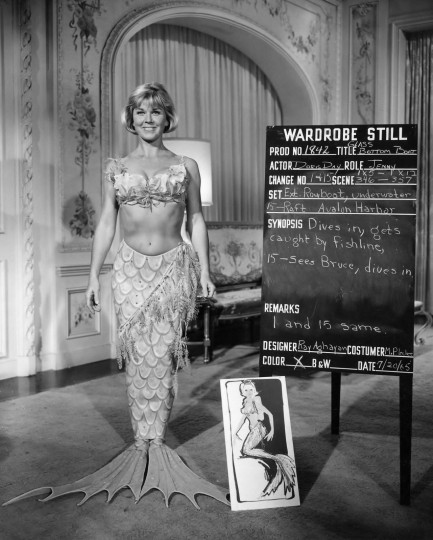

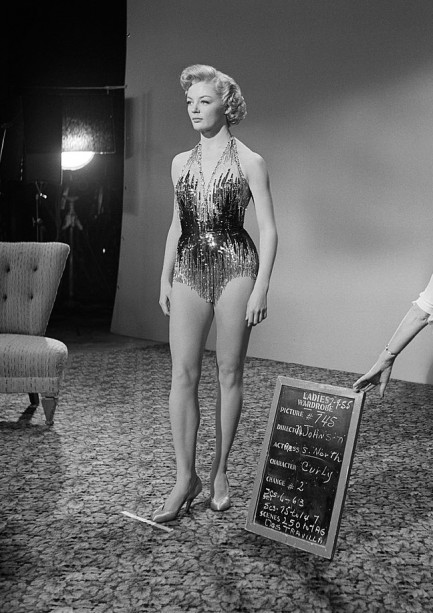
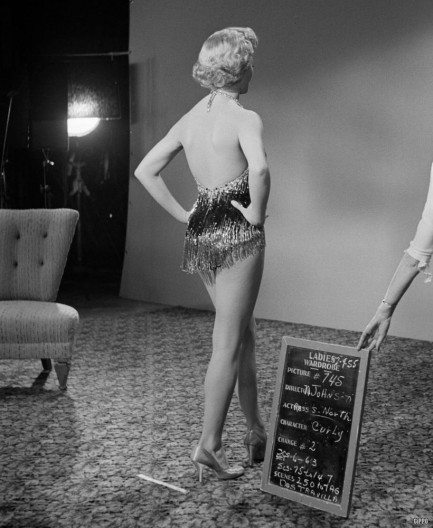
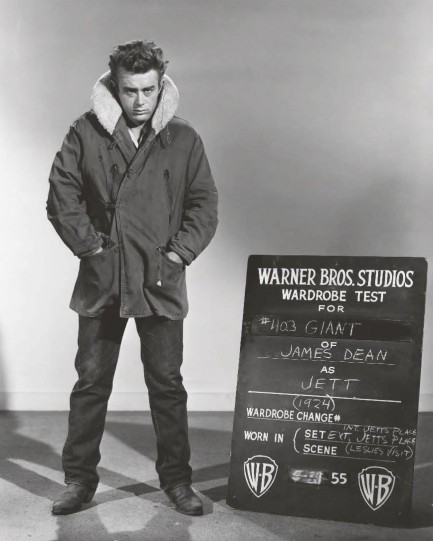
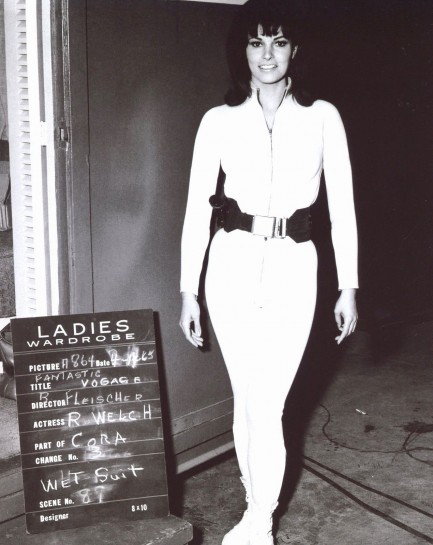
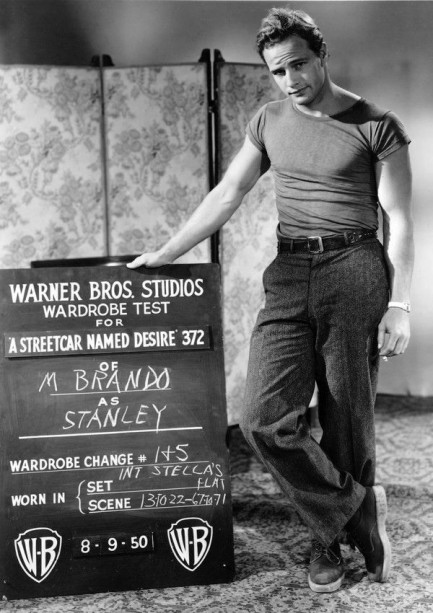
| Vintage Pulp | Dec 29 2010 |

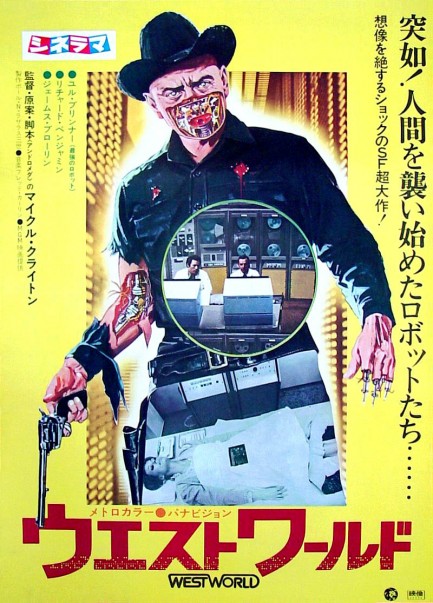
The sci-fi thriller Westworld—for which you see a rare Japanese poster above—was sourced from a novel by Michael Crichton and uses the same idea he would later update for his novel Jurassic Park—i.e. the attractions at a high-tech amusement park go awry and start slaughtering the guests. One of those robotic amusements is played by Yul Brynner, who is programmed to start fights then, inevitably, be shot down by Westworld guests after croaking, “Draw! It’s all fun and games at first, but when a computer virus attacks the park’s robots Brynner returns from the repair shop pissed-off and harboring a notion to ventilate the customer who killed him twice.
As compelling as this set-up seems, Westworld isn’t flawless. While Brynner is excellent as the villain and James Brolin is adequate in a supporting role, lead actor Richard Benjamin seems to be sedated, and Crichton, who directed, somehow manages to give the whole project the feel of a television movie. The stuntwork is partly to blame for this. Crichton makes ample usage of hoary gags like the candied glass bottle shattered over the head and the balsa wood chair smashed across the back, even though more sophisticated approaches were being utilized at the time in other, better films. But we recommend Westworld anyway, and we absolutely love the poster—it's appearing here for the first time on any website, and it's definitely in our top ten, even if the movie isn't. Westworld premiered in Japan today in 1973.